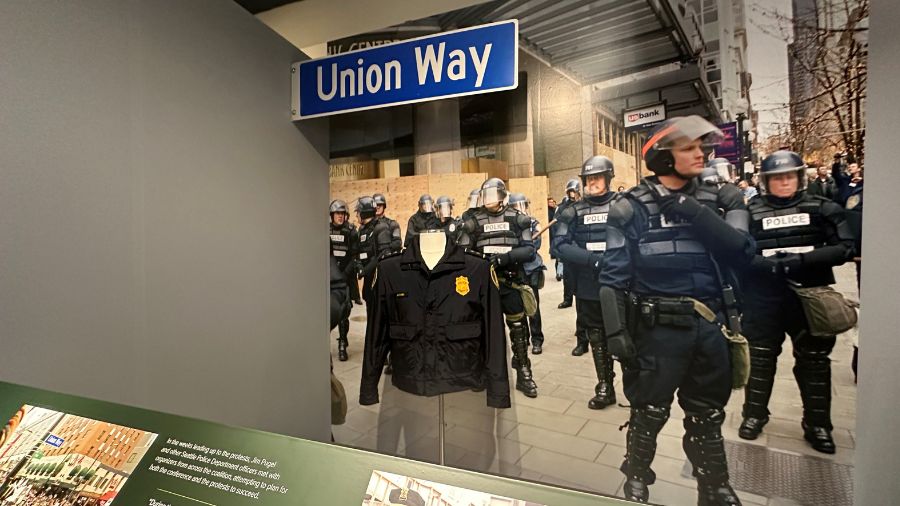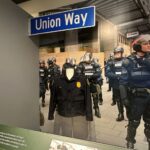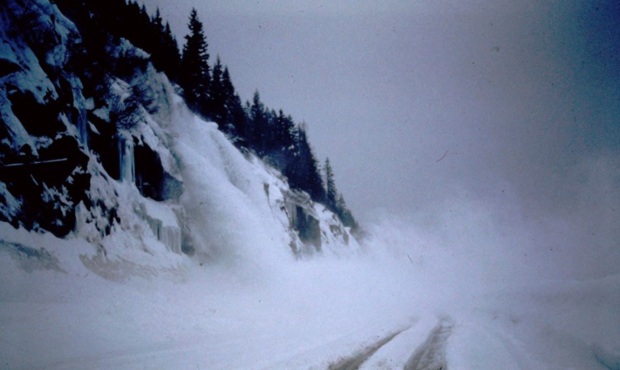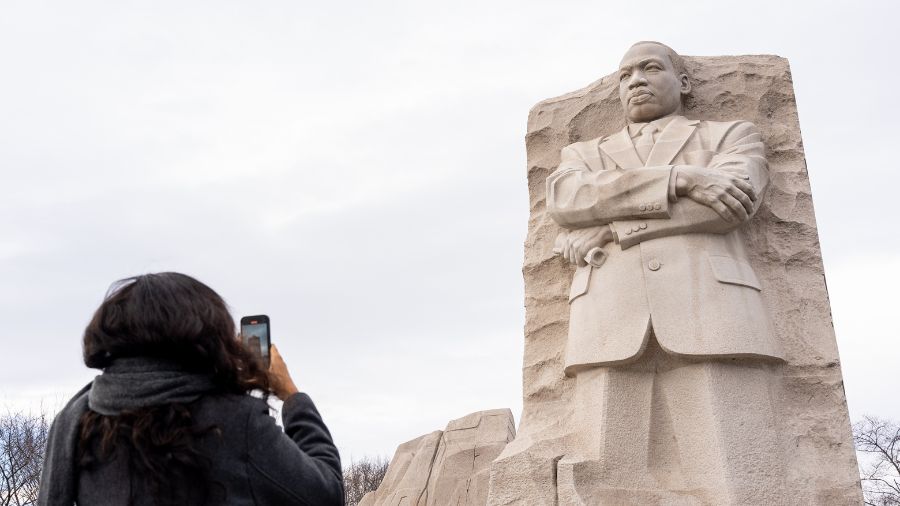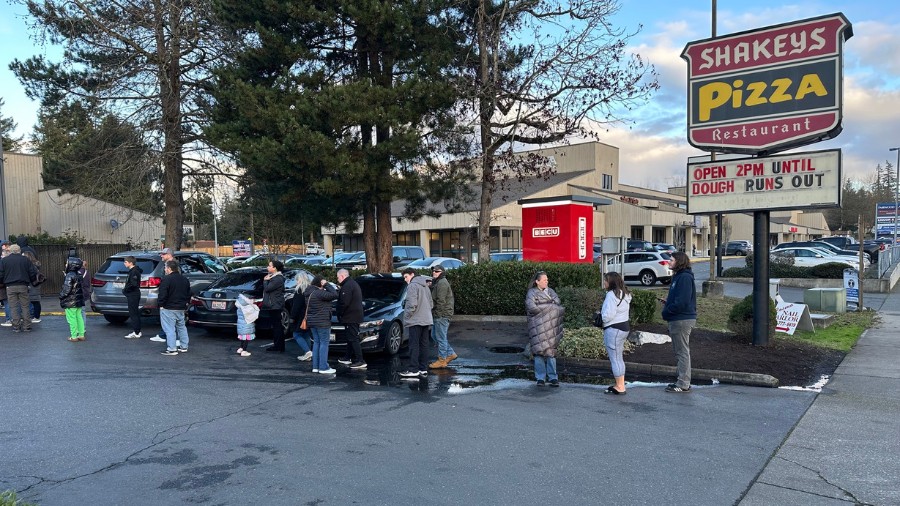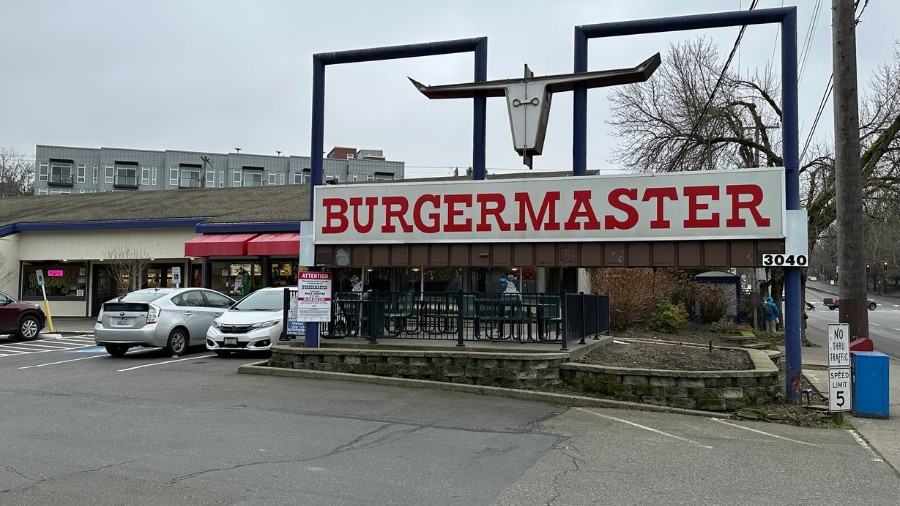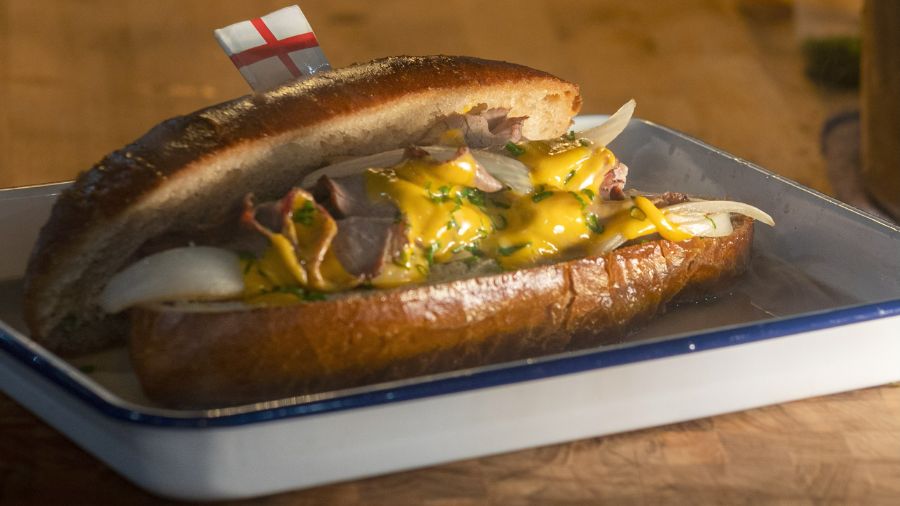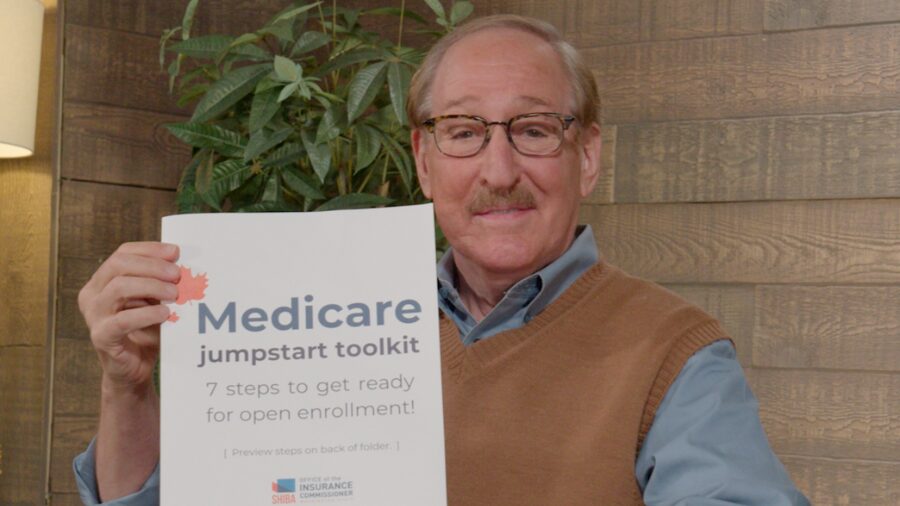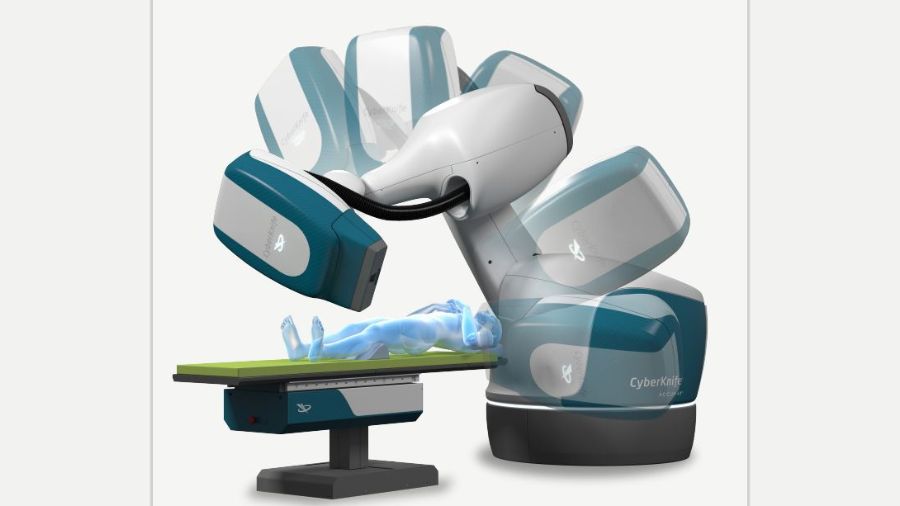All Over The Map: WTO exhibit shows how infamous event played out on Seattle streets
Nov 29, 2024, 5:42 PM | Updated: 5:57 pm
“We can’t afford another Seattle.”
That’s what then-UK prime minister Tony Blair said at a gathering in Switzerland in January 2000. The remarks came in Davos, just a few months after things had gone so badly in the Emerald City during an event called the 1999 WTO Third Ministerial.
A quarter-century after it happened, a new exhibit at the Museum of History & Industry (MOHAI) in Seattle is a reminder of what the WTO was about, and how it made its infamous mark on local and world history. The exhibit, “Teamsters, Turtles, and Beyond: The Legacy of the Seattle WTO Protests,” opened Friday, and will be on display in the museum at Lake Union Park through the end of April 2025.
Anyone who lived in the Northwest 25 years ago will never forget the event that was held in Seattle over five days in late November and early December 1999 by the World Trade Organization (WTO) in partnership with a local event organizing committee.
More Feliks Banel: Historic Fort Vancouver marks bicentennial in 2025
Earlier that year, world leaders and trade officials from dozens of countries picked Seattle as the place to hold their third conference or “ministerial.” When Seattle was selected, it was a feather in the city’s cap; Seattle and the State of Washington have always been highly dependent on foreign trade, going back as far as the 19th century. Hopes were high for a big economic boost from all the visitors, and for lots of free publicity around the world showing off the beautiful city by Puget Sound.
Of course, it all went terribly wrong. Months before the event was scheduled to kick off, activists from around the United States began organizing to not only protest by exercising their right to free speech, but with the specific goal of shutting the whole thing down. While there were many non-violent events, including demonstrations and marches, the WTO in Seattle is remembered most for the blocked streets, the tear gas, the failure of the WTO members to reach any agreements, as well as the damage to downtown businesses – and to civic pride.
Along with Tony Blair’s international swipe, the WTO left a bad taste in Seattle’s collective mouth, and was a black eye to then-Mayor Paul Schell. Schell was ultimately beaten by Greg Nickels in the mayoral election of 2001, in part because of how he and Seattle Police Department Chief Norm Stamper were perceived to have handled to turmoil. Trivia buffs will remember that a fictionalized version of the late Paul Schell was depicted in the 2007 Hollywood film “Battle in Seattle” by the late Ray Liotta, whose character was called Mayor Jim Tobin.
All Over The Map: Early 20th century artifact plucked from Lake Washington
The new exhibit at MOHAI is curated by Dr. James Gregory, a history professor at the UW who studies labor movements and radicalism, both of which have been present in the Northwest nearly as long as the region’s dependence on foreign trade. Mikala Woodward, MOHAI’s curator of community engagement, led the museum’s project team.
During a preview earlier this week, Woodward explained that the second word in the exhibit title – “Teamsters Turtles and Beyond” – reflects one of the most iconic artifacts of the WTO in Seattle: colorful cardboard turtle costumes worn by marchers to call attention to the environmental detriments of unregulated world trade.
Further, Woodward says, the word “Teamsters” partially reflects the unlikely coalition of groups who opposed the WTO. One of the most interesting things in the MOHAI exhibit is a chart on the wall resembling a Venn diagram which shows how the assortment of groups participating in opposition to the WTO was incredibly diverse, ranging from mainstream labor groups such as the Teamsters, to radical environmentalists who typically wouldn’t have anything in common with a huge labor union.
Aside from the colorful turtle costumes and dolphin silhouette protest signs, one of the most compelling sights in the MOHAI exhibit appears, at first, to be a graphic prepared specially for the museum display. However, as Mikala Woodward explained, it’s actually a genuine artifact collected by the University of Washington.
The group organizing demonstrations and protests against the WTO event in Seattle, Woodward says, was called Direct Action Network (DAN). In November 1999, DAN established what they called their “Convergence Center” – essentially, a command post – on Capitol Hill in an old building at the corner of Denny Way and Olive.
Woodward told KIRO Newsradio that someone from DAN took a Kroll map of downtown Seattle and enlarged it, and then had it printed out on giant paper, creating a map roughly six-feet high 12-feet across. At the MOHAI exhibit, the vintage map is displayed behind Plexiglas, so visitors can walk right up to it and see the original markings, and see how MOHAI has annotated it with additional context and history.
“It is so cool, and it’s really fun to just look and see what was here in 1999,” Woodward told KIRO Newsradio, as she pointed out long-gone landmarks including the Kingdome.
“But also it shows the route of the marches,” Woodward continued. “I think there’s notes on here, like here, ‘We’re gonna start at 7:00 a.m.’ . . . ‘Here’s where the labor rally is happening, this is the route it’s gonna come down.’”
A walk through “Teamsters Turtles and Beyond” brings the WTO memories flooding back, of course, but it also stirs up deeper thoughts about how much the world has changed since November 1999.
Back then, the web was a thing, but there were no smartphones or social media, and legacy media – newspapers and TV and radio – were mostly driving the stories (along with a growing number of blogs). The feared Y2K and potential collapse of civilization was a month away. President Bill Clinton (who visited Seattle for the WTO and ended up stuck in his hotel for security reasons) was late in his second term. The internet-fueled economy was on fire everywhere and booming especially in Seattle. Cellphones were still just for talking. The bizarre presidential election of Gore v. Bush in November 2000 was less than a year away, and 9/11 was just over the horizon.
If you personally remember the WTO in Seattle or any of those old realities, “Teamster Turtles and Beyond” brings it all back and gives you much to think about. If it’s all new to you, there’s no better way to understand what happened and why, and to imagine the role Seattle played then – and still plays now in a much different world – beyond serving as a stage for peaceful demonstrations and violent clashes.
Who knows? A visit to MOHAI’s new exhibit might even change Tony Blair’s assessment.
You can hear Feliks Banel every Wednesday and Friday morning on Seattle’s Morning News with Dave Ross and Colleen O’Brien. Read more from Feliks here and subscribe to The Resident Historian Podcast here. If you have a story idea or a question about Northwest history, please email Feliks. You can also follow Feliks on X.
Follow @https://twitter.com/feliksbanel
Follow @https://twitter.com/feliksbanel

